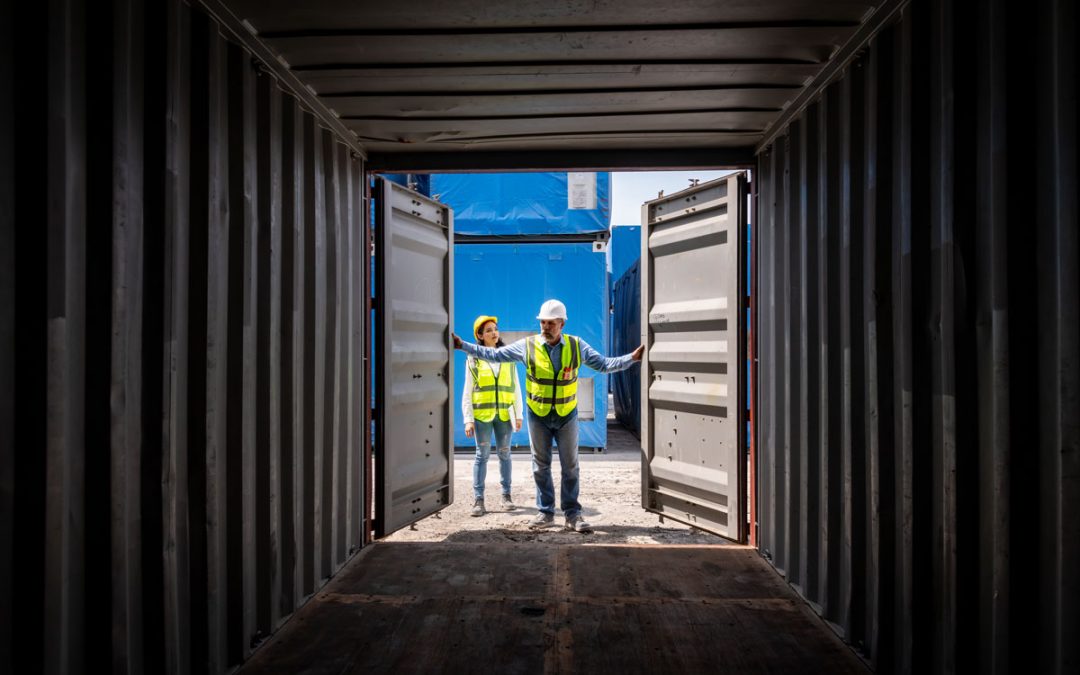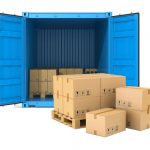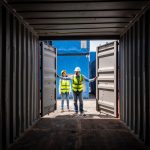Hong Kong Port: A Competitive Edge
Free Port Status
Hong Kong operates as a free port with minimal customs duties and trade barriers, making it an attractive location for warehousing, distribution, and value-added logistics services. This status significantly facilitates the flow of goods, drawing businesses from around the world.
High Port Throughput
According to Census and Statistics department of Hong Kong, in the first quarter of 2024, total port cargo throughput increased by 3.8% to 42.8 million tonnes over a year earlier
This demonstrates the port’s efficiency and capacity to handle large volumes of goods.
Import and Export Efficiency
Hong Kong’s streamlined regulatory environment allows for import and export declarations to be completed within 14 days through web applications, ensuring quick processing times for businesses.
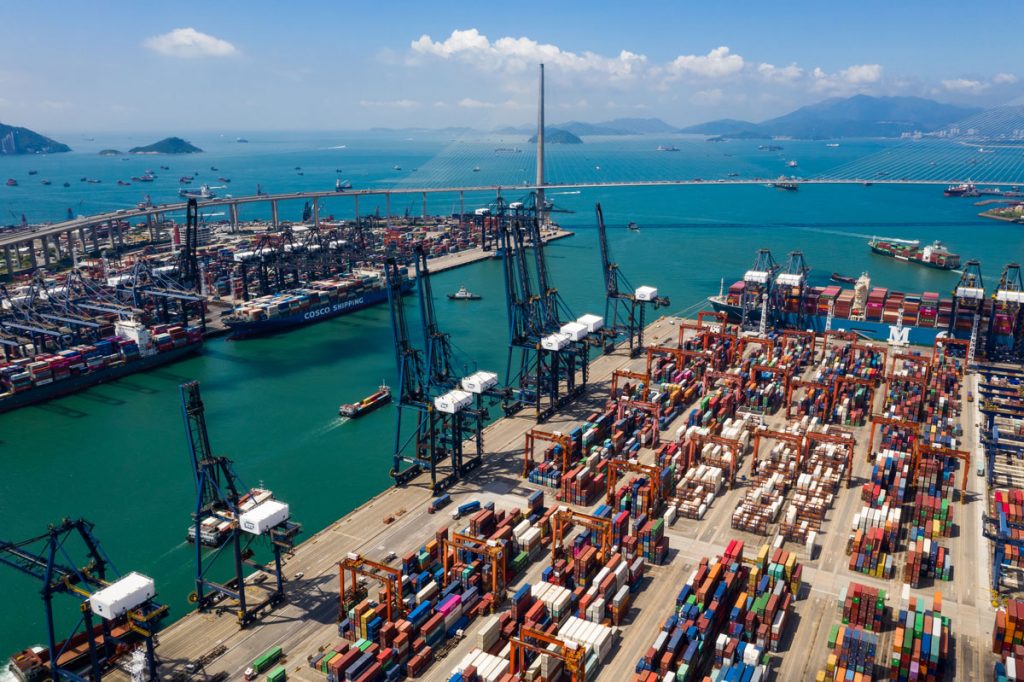
World-class Container Terminals
Kwai Tsing container terminals, with its nine terminals operated by five terminal operators, is a world-class hub. It offers non-stop services 24/7, providing a wide range of cargo handling facilities, including river trade terminals and private berths. This makes it easy to transfer cargo overseas, to Mainland China, or to the Hong Kong International Airport.
Deep-Water Port
Hong Kong’s deep natural harbors can accommodate the largest container ships, allowing the port to handle mega-vessels and capitalize on economies of scale. This is crucial for businesses looking to optimize their shipping costs.
Excellent Infrastructure
Hong Kong has heavily invested in modern container terminals, efficient cargo handling equipment, and a comprehensive road and rail network, ensuring seamless multimodal transportation.
World-Class Logistics Services
With a well-developed logistics ecosystem, Hong Kong offers a wide range of value-added services through experienced freight forwarders, shipping lines, and logistics providers. This ecosystem supports the complex needs of international trade.
Hong Kong’s seaport has earned a reputation as a “Catch-up port” because it consistently helps vessels recover from delays experienced at other ports. According to data from the Shanghai Shipping Exchange, in 2022, the average time an ocean-going container vessel spent at Hong Kong’s seaport was just 1.04 days. This is significantly shorter than the average of 2.38 days reported for the world’s top 20 container ports. This efficiency highlights Hong Kong’s ability to provide reliable and swift services, ensuring that cargo reaches its next destination without unnecessary delays.
Skilled Workforce
The port benefits from a highly skilled, multilingual, and efficient workforce capable of catering to the diverse needs of international businesses.
Regulatory Environment
Hong Kong’s stable political and legal environment, coupled with streamlined regulatory processes, provides certainty and reliability for port users.
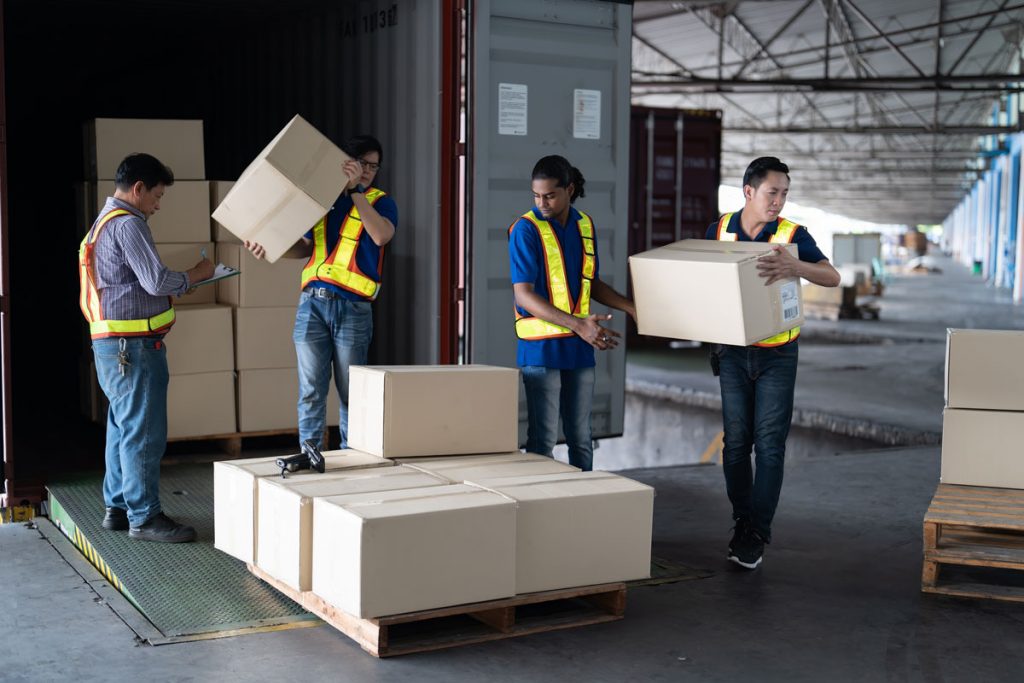
Ocean Shipping: FCL vs LCL
Ocean shipping is an economical option for transporting goods, particularly when compared to air freight. While ocean freight is slower, it is suitable for less time-sensitive products and has fewer restrictions on the types of cargo that can be shipped. For more information on the differences between ocean and air shipping, refer to our article on Air Freight vs. Ocean Freight.
Full Container Load (FCL)
FCL is ideal for large volumes of cargo. It is cost-effective and reduces the risk of damage or loss during transit. With FCL, the shipper has exclusive use of the entire container, making it a preferred option for businesses with significant shipping needs.
Less than Container Load (LCL)
LCL is designed for smaller shipments that do not require a full container. Shippers only pay for the space they use, offering flexibility and lower freight rates. LCL is a great option for businesses that ship smaller quantities but still want to benefit from ocean freight.
For a detailed comparison between FCL and LCL, check out our article on Ocean Freight: The Difference Between FCL and LCL.
FCL and LCL Shipping Process
LCL Shipping Process – Step by Step
- Send booking to the nominated forwarder and wait for the shipping order number for delivery or pick-up of cargo.
- Arrange delivery or pick-up of the cargo to the Hong Kong CFS warehouse to meet the customer’s schedule.
- The Hong Kong CFS warehouse signs back the shipping order as a mate receipt, which is then sent back to the nominated forwarder to exchange the bill of lading (B/L).
FCL Shipping Process – Step by Step
- Send booking to the nominated forwarder and wait for booking confirmation.
- Upon receiving booking confirmation, arrange for a trucker to haul the empty container to the warehouse.
- Load cargo into the container.
- Apply the Verified Gross Mass (VGM) and update the shipping order with container information for bill of lading (B/L) issuance.
Key Considerations in FCL and LCL Shipping
- Container Inspection: Our truckers inspect the container upon pick-up, and if any damage is found, they will select another container. The container is also inspected before loading at the warehouse.
- Document Checking: Ensure all shipping documents are accurate to avoid delays in customs declaration.
- Material Certificates: For shipments using wooden packaging materials, a fumigation certificate is required. The packaging must be stamped with compliance from the International Plant Protection Convention (IPPC).
Nippon Express NEC Logistics Hong Kong: Your Trusted Partner
As part of the NX Group’s global network, Nippon Express NEC Logistics Hong Kong provides a comprehensive range of logistics services, including international sea shipping (LCL, FCL, refrigerated containers), dangerous goods delivery, cargo insurance, and specialized export services. With a strategic location near Hong Kong International Airport and sea terminals, we offer quick lead times and enhanced supply chain efficiency.
Our expertise extends beyond general logistics to specialized services for semiconductor and electronic components, leveraging our global network to plan the best shipping routes for our customers. Whether you need door-to-door or port-to-port services, we ensure competitive rates and flexible scheduling, tailored to your specific needs.
